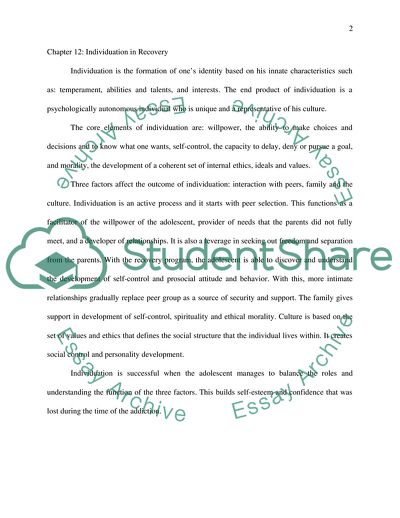Cite this document
(Advanced Phases of Recovery: Surrender and Recovery Assignment, n.d.)
Advanced Phases of Recovery: Surrender and Recovery Assignment. https://studentshare.org/psychology/1728574-adolscent-substance-abuse
Advanced Phases of Recovery: Surrender and Recovery Assignment. https://studentshare.org/psychology/1728574-adolscent-substance-abuse
(Advanced Phases of Recovery: Surrender and Recovery Assignment)
Advanced Phases of Recovery: Surrender and Recovery Assignment. https://studentshare.org/psychology/1728574-adolscent-substance-abuse.
Advanced Phases of Recovery: Surrender and Recovery Assignment. https://studentshare.org/psychology/1728574-adolscent-substance-abuse.
“Advanced Phases of Recovery: Surrender and Recovery Assignment”. https://studentshare.org/psychology/1728574-adolscent-substance-abuse.


